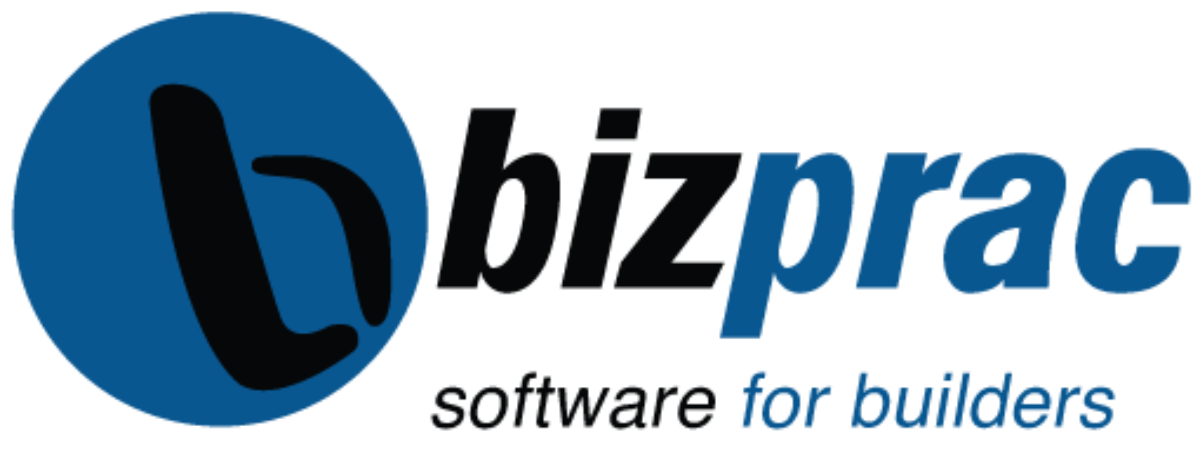Are you proactive or reactive?
Let’s first understand what that means.
Oxford dictionary defines Proactive or Reactive as follows;
Proactive: Creating or controlling a situation rather than just responding to it after it has happened.
Reactive: Acting in response to a situation rather than creating or controlling it.
There are two types of construction companies
- Proactive
- Reactive
To the client, this may be interpreted as a “professional business” or a non-professional business sometimes referred to as “cowboys”.
- A proactive building company will have an established perspective. This style of business will apply initiative prior to the start of a project to ensure there are no unnecessary delays. Such delays could potentially cause problems with a building contract.
- The reactive building company often lacks detail. They also lack structure and therefore place focus on getting the project started. Collecting money from the client then becomes their primary focus.
A review of organisational policy and processes for a construction company can validate them as being proactive or reactive. Here is a simple example.
A particular type of window has been specified in a project. This window requires a lead time of eight weeks to be purpose built for the project.
The proactive building company would establish a process whereby, the estimated time for the completion of this particular product would be eight weeks. Upon accepting the project, the project manager would first review all documentation. He would then diarise the latest possible date the windows can be ordered to ensure availability just prior to the build date. This would be the proactive approach.
A reactive building company would start building, then place an order for the windows only to learn there is going to be a delay of eight weeks. This builder will try to beg and grovel to have the windows manufactured in a shorter time frame. Possibly, shop around to see if someone else can do the job in a shorter lead time, or maybe even jump up and down and blame others for this oversight.
Are you proactive or reactive in the eyes of your peers?
Fabricators will often not budge on time frames for a reactive builder. They see reactive builders as someone who “just expects” others to accommodate their failure to be prepared. Such an oversight can add an unnecessary delay to a signed contract. In some cases, cost a considerable amount of money if the contract has a liquidated damages clause. Worst case scenario is that the builder could lose their license for being in breach of contract if they have lost enough penalty units during the course of the year.
External administrators often say, one of the common causes of builders “going bust” is poor business processes. Poor processes can sometimes result in financial loss or inability to be able to claim payments from the end client for various reasons.
Characteristics of both proactive and reactive construction companies
Answering the million-dollar question “are you Proactive or Reactive” in your construction company will be influenced by a number of factors. A Proactive construction company will be successful, always looking at working smarter rather than harder. Business will expand through referral work and in general from having a professional reputation. Whereas, a reactive construction company is continually on the chase. They are chasing business, payments, subcontractors and more.
A “Reactive builder” will often use software for estimating rather than rely on a data entry person to re-enter the data into another program when the job is won. re-enter the data into yet another program for the accountant. This provides an opportunity for a high degree of human error resulting in “responding to a situation” as the oxford dictionary states.
A “Proactive builder” will use fully integrated industry-specific software, which manages the process flow and flags anomalies within a project, thus reducing human error.
While no construction company can be 100% proactive, they will have a streamlined process in place. Included, would be a process of what needs to happen, in the event, they are caught in a reactive situation. This organisational structure will be used to create a positive result from a negative (or reactive) outcome.
Now think about your in-house processes. Are you a Proactive or Reactive construction company?





